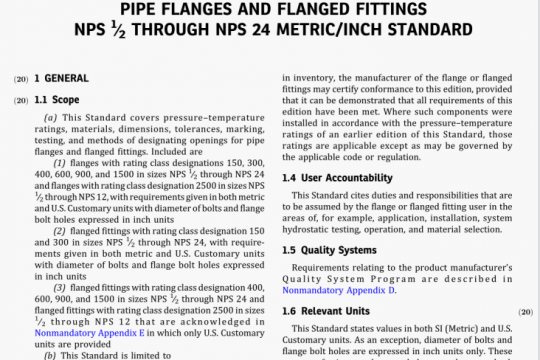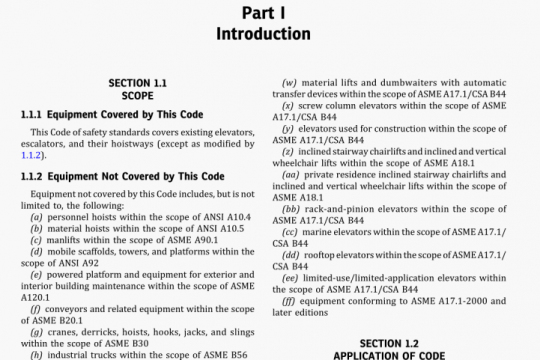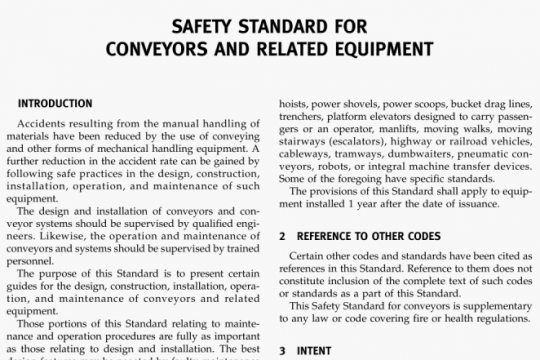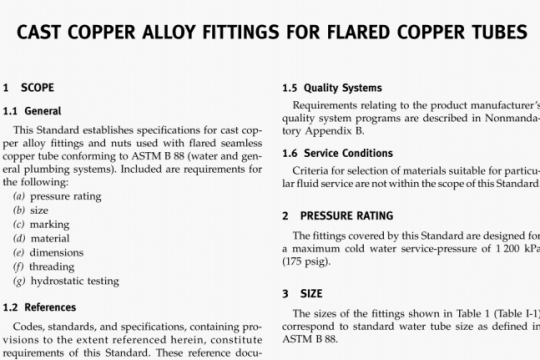ASME Y14.47-2019 pdf free
ASME Y14.47-2019 pdf free.Model Organization Practices Engineering Product Definition and Related Documentation Practices.
A data set may contain a model or other items that are at different states of completeness. These states of completeness may be documented in the data set.
When the completeness states are included in the data set, the data set completeness states shall be kept as codes in the critical metadata items for data set. Nonmandatory Appendix A provides application examples of data set completeness states.
When used, data set completeness states shall consist of three categories, each given a specific code that describes the state of completeness for that category. The three categories are: maturity state, geometry state, and annotation and attribute state. Each category is defined as follows.
5.2 MaturIty State The maturity state describes the intended use of a data set for the product life cycle. The maturity state consists of four completeness levels: Ml, M2. M3, and M4.
Ml (conceptual): a data set that is used when there is a need to verify preliminary design and engineering and to confirm that the technology is feasible and that the design concept has the potential to be useful in meeting a specific requirement. See Figure 5-1, illustration (a).
M2 (developmental): a data set that is used for testing or experimentation and for the analytical evaluation of the inherent ability of the design approach to attain the required performance. See Figure 5-1, illustration (b).
M3 (production): a data set that is used for the commission, operation, service, and decommission of a product. See Figure 5-1, illustration (c).
M4 archive,: a data set that is used to store the product information for preservation.
5.3 Geometry State
The geometry state describes the level of detail of the Item In the model. The geometry state consists of three completeness levels: GI, G2, and G3.
GI (none): the model that is created with no distinctions made for individual features. See Figure 5-2, illustrations (a) and (b).
G2 (partial): the model that has a portion of the features represented. See Figure 5-2, illustration (c). G3 (full): the model that has all features represented. See Figure 5-2, illustration (d).
5.4 Annotation and Attribute State
The annotation and attribute state describes the completeness level of annotations and attributes in a data set. The annotation and attribute state consists of three completeness levels: Al, AZ. and A3.
Al (none): no annotations or attributes that are In the data set are intended to be used to define the product. See Figure 5-3, illustration (a).
AZ (partial): the data set that contains a subset of all of the annotations or attrlbues intended to be used to define the product. See Figure 5-3, illustration (b).
A3 (full): the data set that contains all of the annotations or attributes [including items such as general notes and other product and manufacturing information (PMI)j without querying the model geometry intended to be used to define the product. See Figure 5-3. illustration (c).ASME Y14.47 pdf free download.




